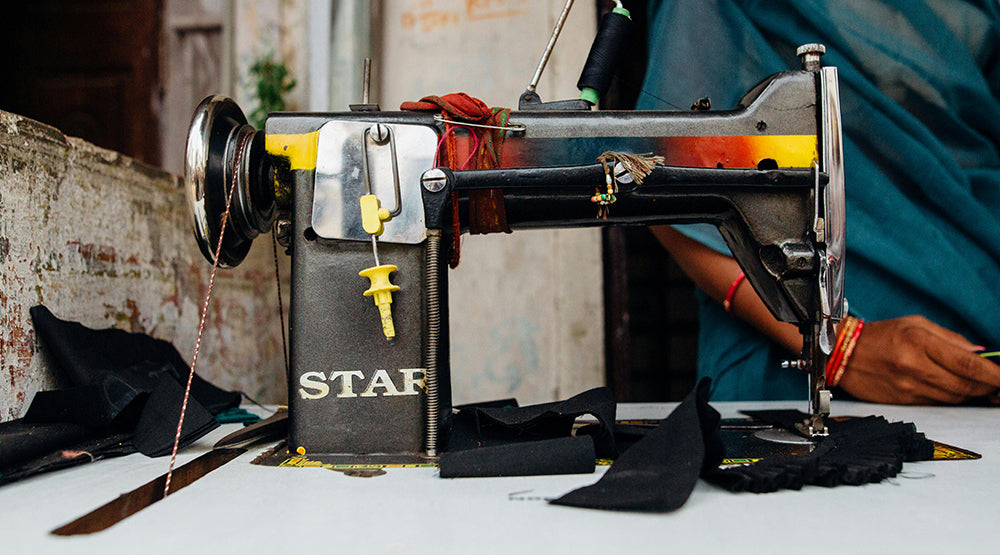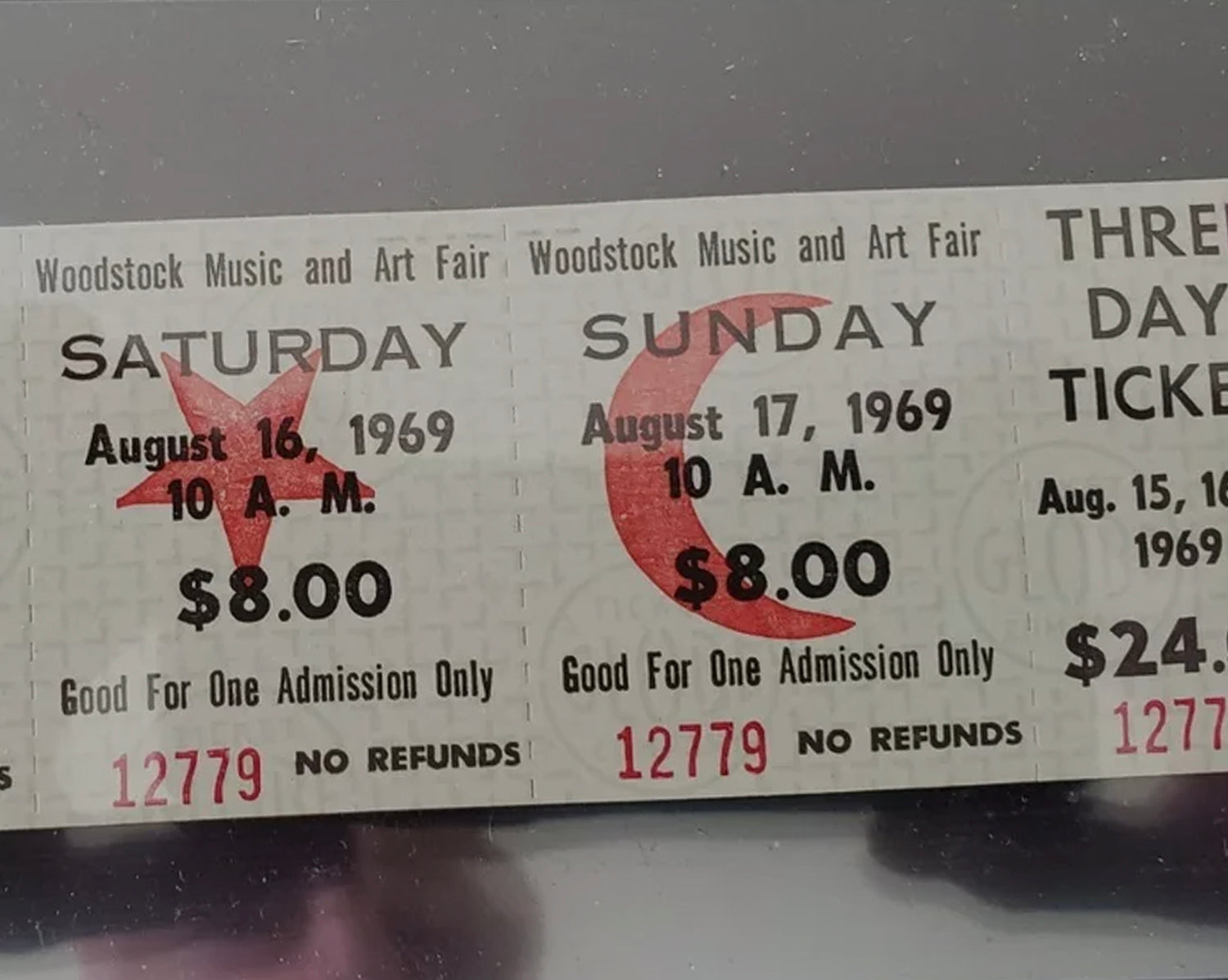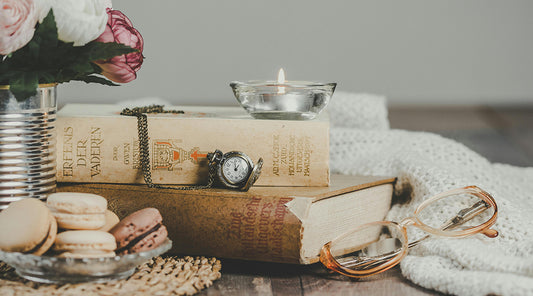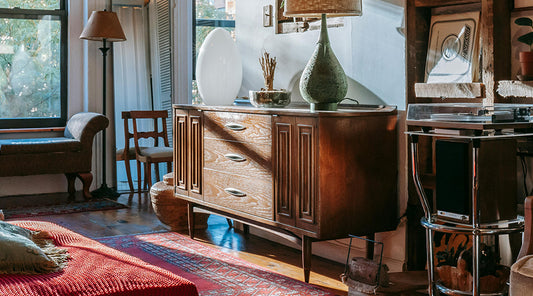
Sewing Machines: Tips for Restoring and Reusing Them
Why Recycle Old Sewing Machines?
Old sewing machines, with their worked metal details and sturdy wooden bases, in addition to having a strong charm for vintage lovers, represent a piece of history that deserves to be preserved and enhanced.
Recovering a sewing machine is not only about restoring its functionality, but also about transforming it into a unique design element that can add a vintage touch to your home. In this article, we will explore the basic steps to evaluate, clean, restore a vintage sewing machine, seeing how to use and place these fantastic objects in our homes.
Initial Evaluation and Cleaning of the Machine
How to Assess the Condition of Your Sewing Machine
The first step in restoring an old sewing machine is to assess its overall condition. Start by inspecting the exterior, checking for rust, deep scratches, or missing parts. Check the mechanism: try turning the crank or using the pedal to see if the parts move freely. If the machine is stuck or shows signs of excessive wear, it may require more thorough work, but that doesn't mean it can't be restored. Also assess the condition of the wooden cabinet or stand, if there is one, as this can affect the final value of the restored machine.
Among the most requested models we can find Singer sewing machines or those of the Italian company Necchi, both beautiful and highly sought after. Let's now discover some advice when it comes to buying or recovering an old sewing machine.
Deep Cleaning: Tools and Techniques
Once you have assessed the condition of the machine, it is time to proceed with cleaning. Start by removing dust with a soft, dry cloth. For metal parts, use a mild detergent and a toothbrush to reach the nooks and crannies. If the machine has rust spots, apply a rust remover, taking care not to scratch the metal. Wooden parts can be treated with a slightly damp cloth and, if necessary, with furniture oil to revive the color and shine of the wood. A thorough cleaning not only improves the appearance of the machine, but also prepares the surface for any restoration work.
Sewing Machine Restoration
Mechanical Restoration
Mechanical restoration is essential if you want to restore the functionality of your sewing machine. Start by lubricating all moving parts with sewing machine oil, taking care to remove any buildup of dirt or old lubricant. If your machine has any operating problems, such as broken gears or belts, you may need to replace these parts with original or compatible parts. If you are not comfortable with this type of work, consider hiring a professional who can perform the mechanical restoration professionally.
Aesthetic Restoration
In addition to the mechanical operation, aesthetic restoration is essential to enhance the beauty of the sewing machine. If the body of the machine has scratches or signs of wear, you can touch them up with specific metal paints, trying to match the original color. Wooden parts, such as the base or the lid, can be sanded and finished with paint or wax to bring them back to their original splendor. Don't forget the decorative details: old sewing machines often have floral motifs or gold engravings that can be restored with a little patience and attention to detail.
Creative Ideas for Reusing Old Sewing Machines
Coffee Tables and Decorative Furniture
Once restored, an old sewing machine can become a unique piece of furniture. A very popular idea is to transform the cast iron base into a coffee table or a console table. Simply add a glass, wood or marble top to obtain a functional and visually striking piece of furniture. If the original table is still in good condition, it can be used as a desk or as a support surface in an entryway or living room.
Decorative and Functional Objects
If you prefer a more creative approach, you can disassemble the machine and use its parts to make decorative objects. The base can be transformed into a lamp holder or a plant stand, while the body of the machine can become a decorative piece to display on a shelf or cabinet. If the machine is still in working order, why not use it for small sewing projects? Even if you don't use it on a daily basis, it can be a great way to preserve the artisanal techniques of the past.
Recovering and restoring an old sewing machine is an excellent way to preserve a piece of history and transform it into a functional or decorative element. Whether you choose to restore it to its functionality or to reuse it in a creative way, the result will always be a unique object, rich in history and charm. With the right techniques and a little passion, an old sewing machine can come back to life, becoming a distinctive element in your home.
Discover more tips on how to decorate your home with vintage objects on our blog!










